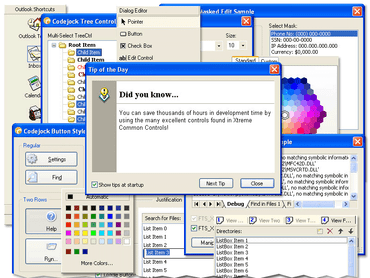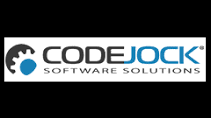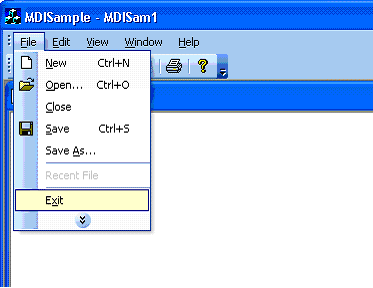
Assembly programs written for the original TI-83 might not be compatible with the newer TI-83/84 Plus calculators because some calls that made sense in the TI-83’s architecture may no longer be valid in the TI-83/84+. Whenever binary code is running non-natively, a translation library helps redirect foreign, non-native calls to native calls that the system can understand. WoW64 helps make programs compatible rather than emulating them in an isolated environment.Ī translation library is a component of compatibility layers.

WoW64 is a compatibility layer in that it lets 32-bit programs run on 64-bit Windows in a more integrated way. VirtualBox emulates hardware for operating systems*, and the systems that it emulates doesn’t have very much direct interaction with the host system.

This is why some programs are often installed to a folder called Program Files (x86), where x86 means “32-bit”.Ĭompatibility layers tend to be more intimate with the native system than emulators are. For 64-bit editions of Microsoft Windows, Microsoft needed to write a compatibility layer so that 32-bit programs would still work on the new 64-bit system. Since 64-bit and 32-bit architectures are very different, a compatibility layer is often needed to run 32-bit software on 64-bit machines. When 64-bit computers and operating systems became mainstream, they needed to be compatible with the existing 32-bit technologies. For example, there are emulators that can execute images of Game Boy cartridges and allow you to play Game Boy games on your computer or even your mobile phone.Ī compatibility layer is kind of like an emulator. These cartridges contain code that runs natively on the Game Boy.Įmulators are a layer that allows software designed for one platform to be run on another. Using the Game Boy as an example, it gets its software from cartridges. SuperUser contributor Deltik offers a fantastic analogy that highlights what it means for software to be native and what kind of other software one might find on a given system:Ī software is native to a platform if it was designed to run on that platform.Ī platform usually refers to an operating system, but it can also be applied to devices such as the Nintendo Game Boy. Read on for an excellent analogy explaining exactly what it means to be native on a given system. What exactly is such software and how is it different from software that does not run natively? How can I tell if a given piece of software will run natively on my computer? Is there likely to be software already on my computer that runs natively?

I’ve been wondering what it means for software to run natively. SuperUser reader Throsby is curious about what it means to run software natively.


 0 kommentar(er)
0 kommentar(er)
